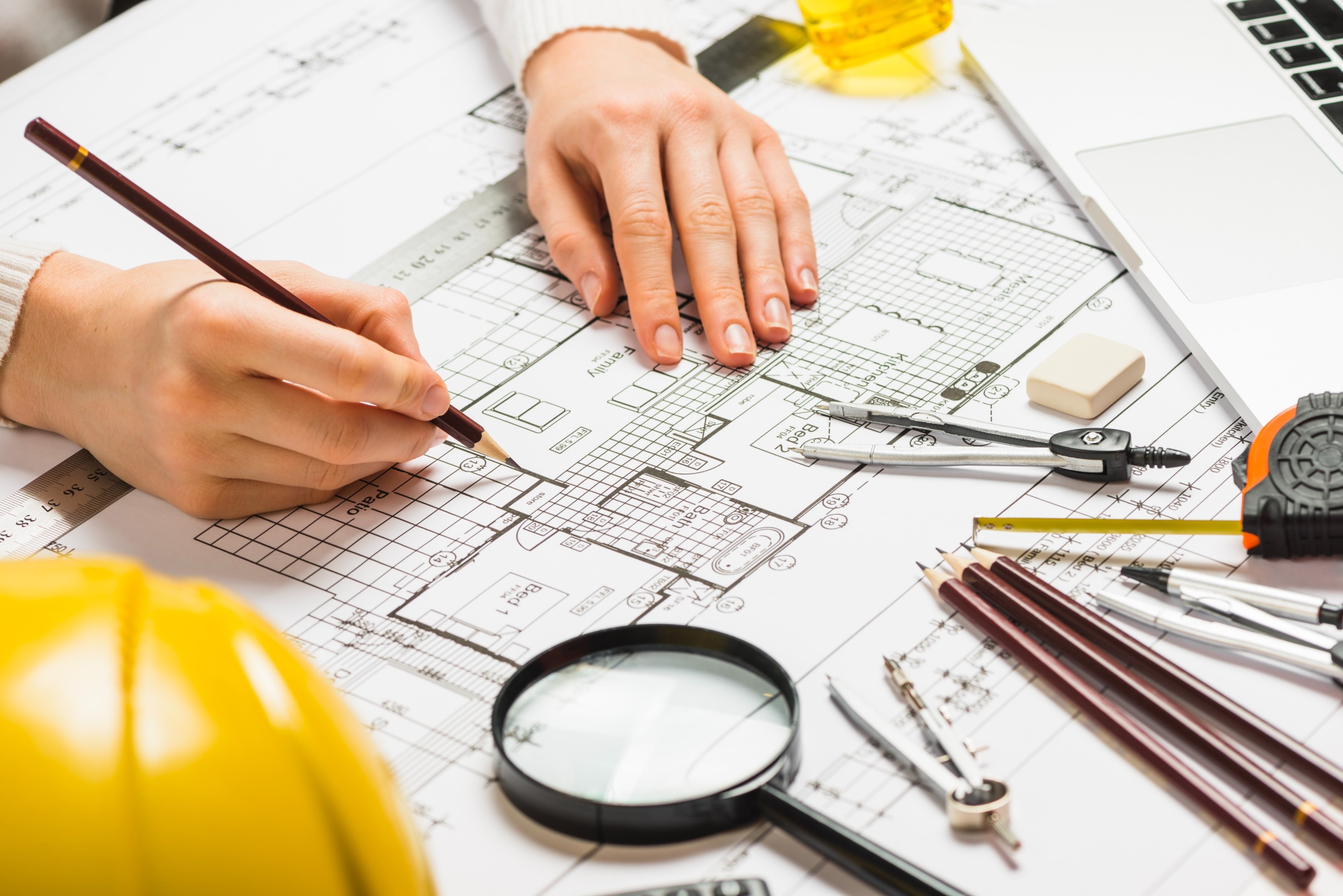Flat No. G04A, Samrpan Vihar, George Town, , Prayagra-211002
Single Service

service details
Architecture Planning & Design
Architecture planning and design are crucial processes in creating functional, aesthetically pleasing, and sustainable structures. Whether designing a residential home, commercial building, or an entire urban environment, the following principles are fundamental to the architectural planning and design process:
- Programming and Needs Assessment:
- Understand the needs and preferences of the end-users.
- Consider functionality, spatial requirements, and potential future needs.
- Site Analysis:
- Evaluate the site's topography, climate, and environmental conditions.
- Assess the impact of natural elements, such as sunlight, wind, and water.
- Consider existing infrastructure and neighboring structures.
-
Conceptual Design:
- Develop a conceptual framework that addresses the project's goals and constraints.
- Explore different design options and create preliminary sketches.
- Consider the integration of sustainable design principles.
-
Design Development:
- Refine the chosen concept based on feedback and further analysis.
- Develop detailed drawings, including floor plans, elevations, and sections.
- Consider structural, mechanical, and electrical systems.
-
Material Selection:
- Choose appropriate materials based on aesthetics, function, and sustainability.
- Consider the durability, maintenance, and environmental impact of materials.
-
Sustainability Integration:
- Implement eco-friendly design strategies, such as energy-efficient systems and renewable materials.
- Consider the life cycle of the building and its impact on the environment.
-
Technology Integration:
- Incorporate technology into the design, such as smart home systems or energy management solutions.
- Ensure that the infrastructure supports current and future technological advancements.
-
Accessibility and Inclusivity:
- Design spaces that are accessible to people with disabilities.
- Consider universal design principles to create inclusive environments for diverse user groups.
-
Regulatory Compliance:
- Familiarize yourself with local building codes and regulations.
- Ensure that the design complies with zoning laws and other legal requirements.
-
Aesthetics and Cultural Context:
- Consider the cultural and historical context of the location.
- Aim for a design that resonates with the local culture while incorporating innovative elements.
-
Collaboration and Communication:
- Foster collaboration among architects, engineers, and other stakeholders.
- Clearly communicate design concepts through drawings, models, and presentations.
-
Cost Estimation and Budgeting:
- Develop a detailed cost estimate for construction and ongoing maintenance.
- Ensure that the design aligns with the available budget.
-
Construction Documentation:
- Create detailed construction documents, including drawings and specifications.
- Provide clear instructions for contractors and builders.
-
Post-Occupancy Evaluation:
- Assess the performance of the building after occupancy.
- Gather feedback from users to inform future design improvements.
